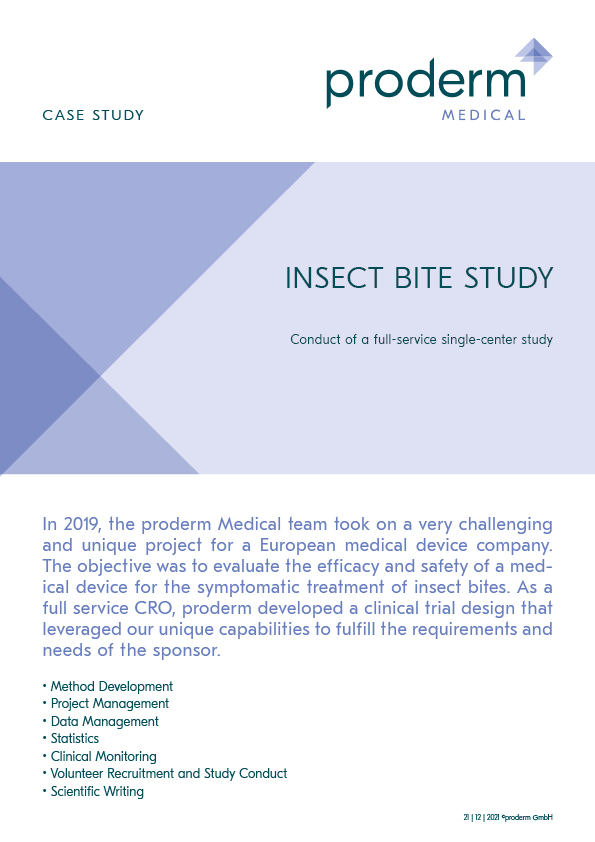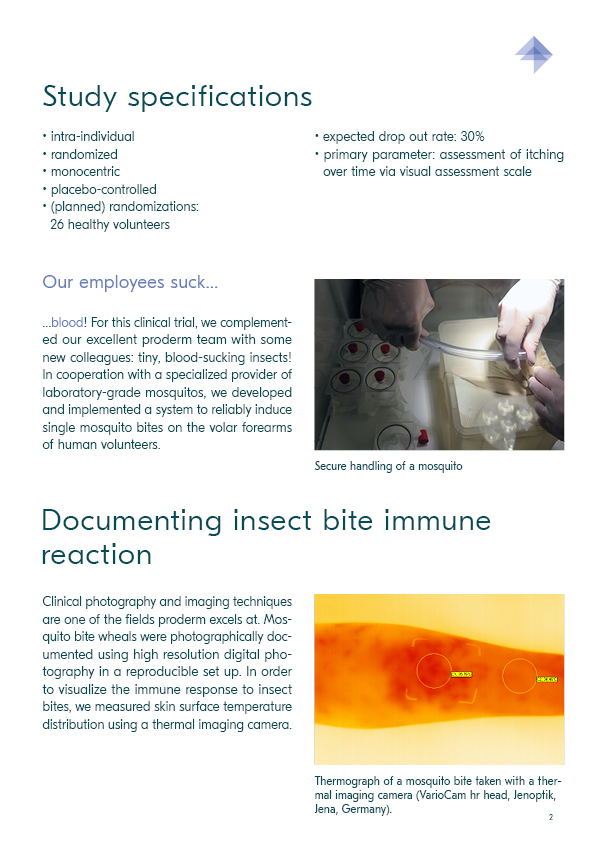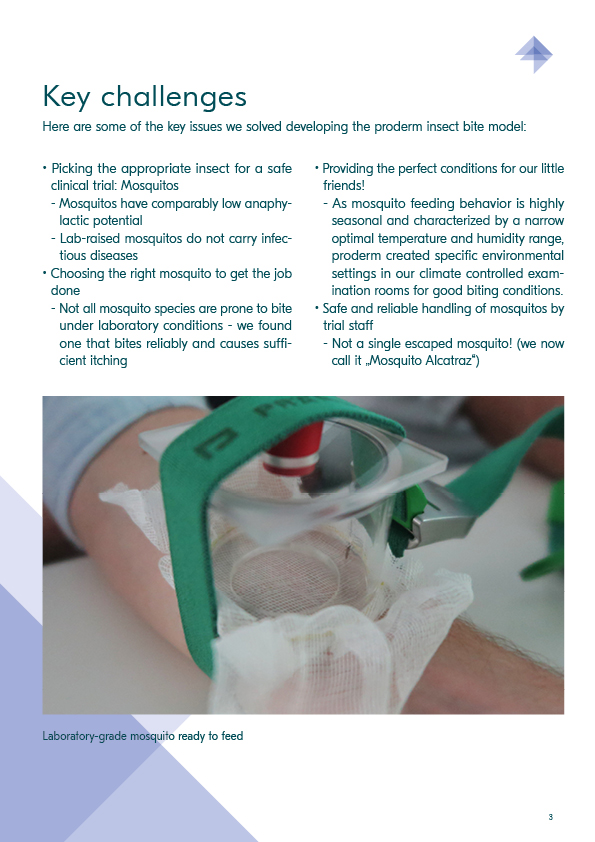As Mr. Springmann emphatically outlines the rationale behind the development of new treatments for atopic dermatitis, especially in children, we discussed the options for new scientific approaches to revolutionary therapies of atopic dermatitis with our regular clinical investigator, Dr. Brigitte Stephan to weigh in on the current developments in new AD therapies.

Why do we need so many new therapies for atopic dermatitis?
For its performance as an organ of contact and reaction with the environment, skin requires a composition of skin cells, intercellular substance and microbial mantle that naturally surrounds us. We now know that the skin reacts to very different triggers, such as external influences through climate, activities or contact substances or care, or for example internal influences such as metabolic disorders, vitamin deficiencies or hormone fluctuations to which we react differently through an individually different basic tendency to skin sensitivity, the so-called atopic disposition. The skin contains immune cells that communicate with each other using various messenger substances called cytokines. These cytokines can be disturbed due to a person's constitution and a too violent or misdirected exchange of these messenger substances can lead to inflammation.
Depending on the severity of the inflammatory process there are various options for local treatments, if the disease is limited to the skin without the need for systemic treatment. Since the discovery of cortisone as a therapeutic agent in the middle of the last century, revolutionary strategies for therapy developed. We no longer only use general anti-inflammatory drugs such as cortisone, but try to target the points in the inflammatory cascade where the impulses exist. In this way, the inflammation is influenced in a targeted way and undesired side effects on the skin are avoided. Topical options have a quick and effective extinguishing function when applied for a short period of time; for long-term treatment, a more targeted immunomodulation is more suitable. If the inflammatory skin disease is mild, it can be managed with local medications such as creams. JAKs (Janus kinase inhibitors), which prevent the transmission of impinging inflammatory signals into the cell, are very new in development. These drugs have been known for years as systemic medications against rheumatic inflammatory diseases and in this formulation have also recently been approved for the treatment of atopic dermatitis. Efforts are currently being made to develop effective topical preparations with JAKs that block the inflammation where it occurs.
Another group of local therapeutics are the calcineurin inhibitors, which are molecules that inhibit the inflammatory cells similar to cortisone. In topical preparations, they have very good long-term local effects on atopic dermatitis without causing the side effects of cortisone such as skin atrophy or local vasodilatation.We see very promising developments for topical therapies and expect new options for treatment of chronic inflammation of the skin soon.
Case study
At proderm we can also assess other types of pruritus. Together we will find the right test for your product, even if we have to establish a new method altogether! For a project with a medical device intended for alleviating itch caused by insect bites, we cooperated with the sponsor and external mosquito specialists to create a mosquito bite model in a fully ISO1455 compliant clinical investigation with a medical device.









